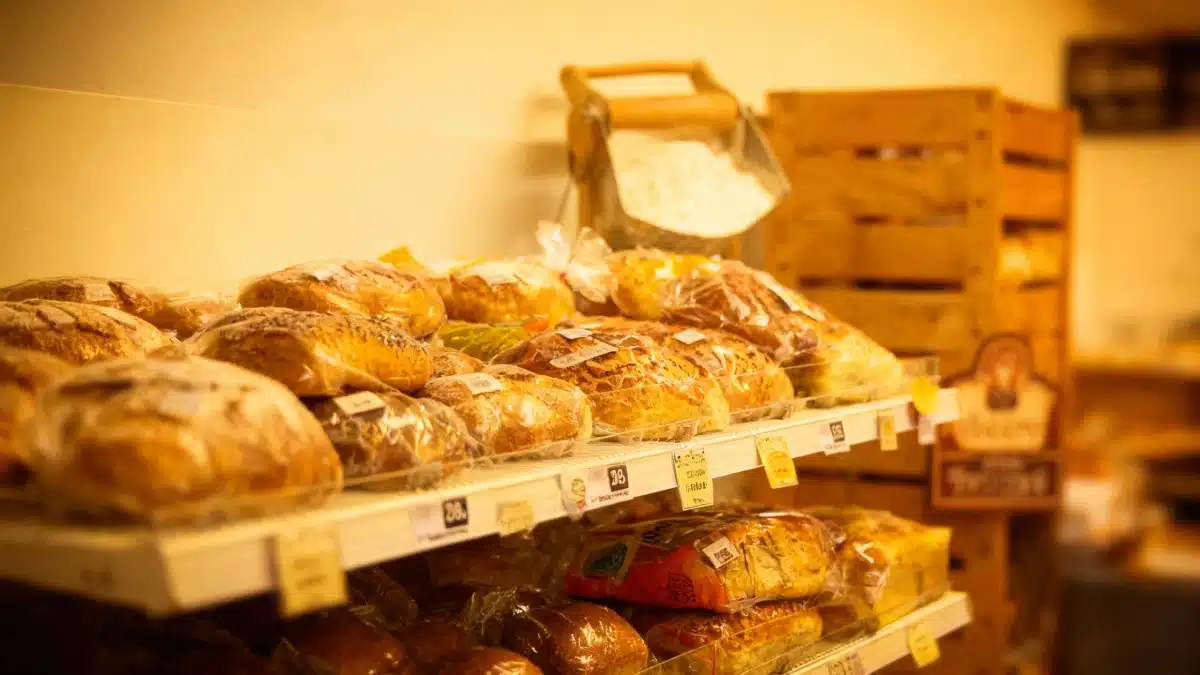The uneasy moment at the checkout – many French consumers know it all too well. And no, it’s not just about inflation! Recent revelations have exposed a discreet strategy that makes receipts heftier than they ought to be. Yes, some supermarkets have a trick up their sleeve that costs already struggling customers even more.
Escalating Prices and the Weight of Inflation
For over a year, escaping the rise in prices has been wishful thinking. Inflation is hitting hard: first, it struck through energy. The aftermath of the war in Ukraine triggered soaring bills for electricity, gas, and fuel. The result? The purchasing power of consumers has taken a nosedive.
And that’s not the end of bad news. Everyday consumer goods have followed the same worrisome trajectory. Those who once filled their shopping carts to the brim are now grimacing at the checkout: according to Insee, food prices shot up by 15.8% in March compared to the same time last year. In response, many retailers have rolled out so-called “anti-inflation baskets” to offer a helping hand. Despite the polished marketing surrounding these campaigns, a cloud of uncertainty remains…
Spotlight on Price Discrepancies: What’s Really Going On?
The media outlet Loopsider shone a light on this stealthy practice in a video posted on Instagram. The star of the segment, a shopper named Amélie, decided to go hunting for price discrepancies in her local supermarket. Her method? She noted the prices displayed on shelves, then compared them to the amounts rung up at checkout for the same items.
The results came in fast and clear: the differences were striking and frequent! Often, it was just a matter of a few extra cents; but over time, as these tiny mismatches add up, the final bill swells in a sneaky fashion. Shoppers think they’re paying one price, only to discover a higher amount stamped on their receipt. Let’s be real – how many of us actually compare what we pay at the till with what we saw on the shelf?
According to Loopsider, nearly 10% of prices – that’s about one item in ten – are affected by these discrepancies. That’s far from trivial!
Why Do These Differences Occur? A Closer Look
The official reason is – let’s be honest – not very thrilling: stores simply don’t always update their shelf labels in real time. But as these little “anomalies” pile up, they dangerously border on misleading commercial practices. While no store would ever admit to shifting from an “accidental” oversight to organized deception, the more these mismatches multiply, the shadier it all seems.
In this context, consumers aren’t powerless. Legally, they have every right to demand that the price shown on the shelf is honored at the register. There’s one exception: this rule doesn’t apply if the label obviously contains a glaring mistake. So, no, you can’t legitimately claim the latest smartphone priced at 90 euros if it’s clear a zero’s missing. But for yogurt or rice? There’s usually no room for doubt…
Distrust Builds: The Cent-by-Cent Battle
With these revelations out in the open, skepticism is mounting. Already worn down by inflation, shoppers are growing ever more attentive to the prices they’re charged. The media coverage of these discrepancies is fueling wariness toward certain sales tactics – and reminds us that, when the month’s budget is tight, even the smallest cents can add up.
- Check your receipt carefully after shopping.
- If the price at checkout doesn’t match the shelf tag, speak up – the law is on your side (just don’t try it with suspiciously cheap gadgets!).
- Every cent reclaimed is a small win in times of relentless inflation.
Don’t hesitate to give your receipt a scrutinizing glance (or two) as you leave the store. And if something’s off, raise the issue: you have every right to the correct price, at least as long as it isn’t an obviously absurd bargain. In these tough times, every little victory helps. Your wallet will thank you – even if it can’t say it out loud!

John is a curious mind who loves to write about diverse topics. Passionate about sharing his thoughts and perspectives, he enjoys sparking conversations and encouraging discovery. For him, every subject is an invitation to discuss and learn.






